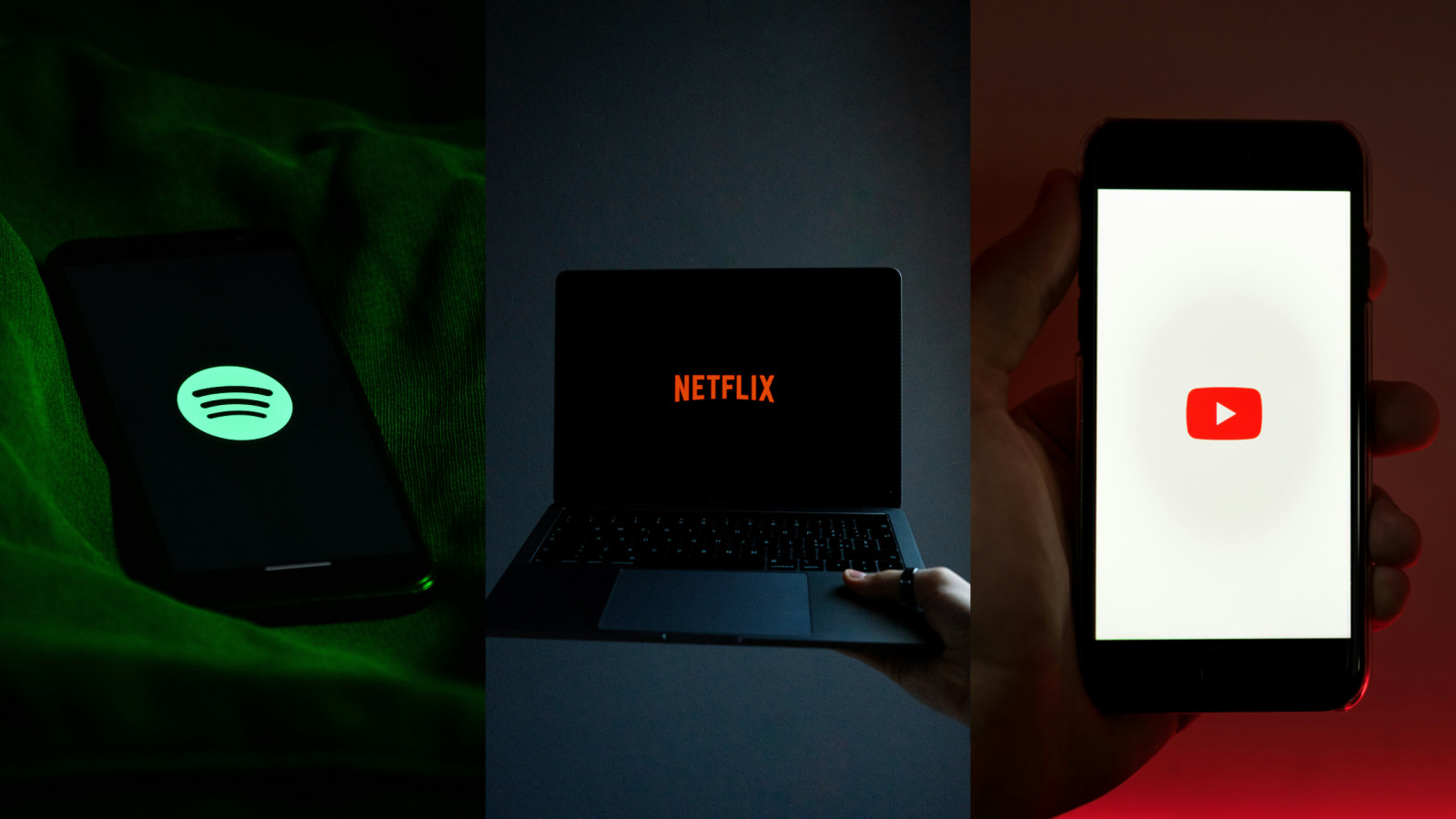How streaming platforms are adapting in the race for affordable content


Music is expensive – not for consumers, but for companies who have to license music copyrights from rightsholders. It is a large reason Spotify did not have a full year of profitability until 2024. What helped the company get there? Podcasting.
Part of Spotify’s strategic decision to enter podcasting involved the relative inexpensiveness of the format compared to music. The podcast industry may not be as big as the music industry, but the return on investment is much greater because most podcasts do not cost as much to produce.
For similar reasons, video streaming is also coming for podcasts. As YouTube has demonstrated, video podcasts are significantly cheaper to produce than traditional scripted content while still offering a steady stream of engagement. According to YouTube CEO Neal Mohan, television has also overtaken mobile and desktop as the primary device for watching YouTube in the US, with a record 11.1% share of streaming TV usage (per Variety). Features such as second-screen interactions, QR codes, and real-time creator commentary via Watch With further solidify YouTube’s position in the living room.
Netflix, the reigning arbiter of living room entertainment, has noticed. Shows like John Mulaney’s Everybody’s Live With John Mulaney suggest the company is testing the waters with talk-based content, laying the groundwork for future podcast integration. With more than half of Gen Z and millennial podcast listeners preferring video formats, as stated in MIDiA’s Q3 2024 consumer survey, Netflix could benefit from licensing existing podcasts, producing original shows, or even securing exclusive deals. This content could be less expensive than commissioning, producing, and licensing the rights for full-length movies and multi-season TV series.
Featured Report
Cultural movements A new take on mainstream for the fragmentation era
Entertainment has become nichified, mainstream has become smaller, and audiences have fragmented. While this has been crucial to the rise of the long tail and the creator economy, there is a need for a...
Find out more…YouTube, meanwhile, is positioning creators as the “startups of Hollywood”. No longer confined to DIY content, YouTubers are now investing in large-scale production studios, exemplified by figures like Dude Perfect, Alan Chikin Chow, and Kinigra Deon. These creators are professionalising their craft, rivaling traditional media giants in both quality and audience reach – and likely still at a lower rate than traditional media giants would charge.
Recognising YouTube’s growing dominance in both video and audio content, Netflix has been eyeing its opportunity to carve out its space in the podcasting world, according to Business Insider. In fact, the company previously pursued Alex Cooper of Call Her Daddy fame but lost out to SiriusXM’s lucrative deal.
While Netflix is not likely to dethrone YouTube – or even Spotify – in podcasting overnight, its potential entry signals a larger trend: the convergent evolution of on-demand streaming platforms and the entertainment they provide. As these audio and video streaming services evolve, the battle for consumer time and attention will only intensify. Though Spotify, YouTube, and Netflix may have once operated in distinct realms, they are continuing to reshape the way audiences consume content as they compete for the same 24 hours in the day. The result is a blurring of the lines between music, audio, video, and television.
Streaming giants of all entertainment formats must adapt to the shifting consumption habits of younger audiences who crave flexible, multimedia experiences. Whether through creator-led programming, interactive features, or new monetisation strategies, platforms like Spotify, YouTube, and Netflix are rewriting the rules of audio, video, and entertainment. In this race for affordable content, the winners will be those who can seamlessly integrate video, audio, and interactivity at the lowest rate – offering consumers an all-encompassing entertainment hub while maximising value for their shareholders.

The discussion around this post has not yet got started, be the first to add an opinion.